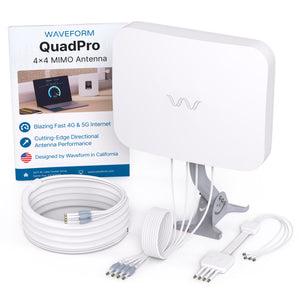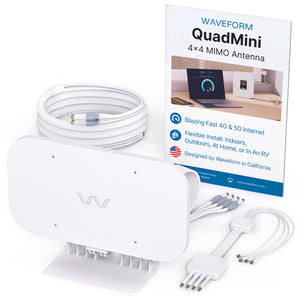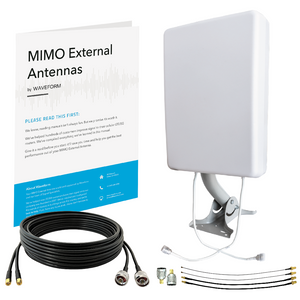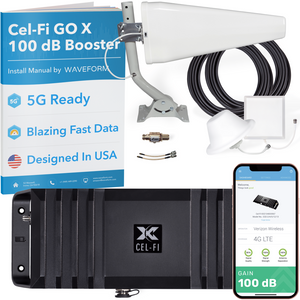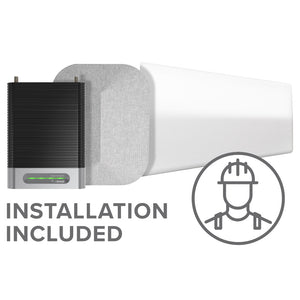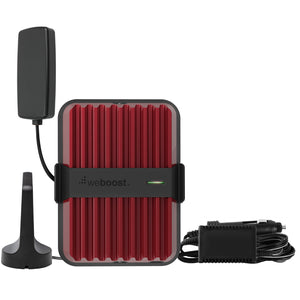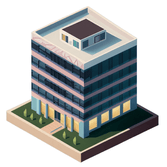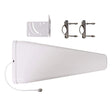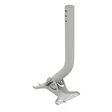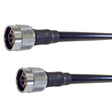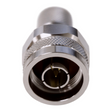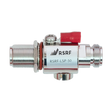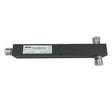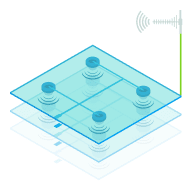If you experience a lot of dropped calls and bad cell phone reception, a cellular repeater or booster can really help. A repeater will amplify the signal you receive and rebroadcast it via a second antenna. There are a lot of different options available, depending on the particular building you’re in and the existing signal strength.
There are two main steps to the site survey - calculating what your existing signal strength is, and calculating the size of the total area where you would like your signal boosted. The first is a bit complicated, the second less so. A typical domestic user or a small office should have no trouble working this out using this guide, but if your area is more complicated, or you run in to any difficulty, please don’t hesitate to contact us for more help. No area is too small, and we are happy to give advice and talk you through these steps!
The first step is to figure out where you get the strongest existing signal. Usually, this is will be on the roof. If you can’t get to the roof easily, you may still get strong signal at an upstairs window, particularly facing the nearest cell tower. Be careful up there!
How do I know where the nearest cell tower is?
Good question! There are several sites that record this information. However, many are out of date or inaccurate. Most rely on the Federal Communications Commission (FCC) cell tower registration database. This is a great resource, but it’s quite out of date. The FCC only requires new cell towers that are higher than 200 ft. above ground level (or that are located near an airport) to register with the Commission. These days, the vast majority of new cell towers are being located on pre-existing structures like building rooftops, and so they are exempt from registration. If you rely on an online map or database of cell towers, you may be missing out on a newer cell tower, nearer to you, that has been placed on an existing building or pole.
There are also several downloadable apps that you can use to get the information directly from your phone. One such app (developed by Waveform's co-founders, see more information below) is OpenSignal. Available for Android and iPhone, it will show you the nearest cell towers and which tower you’re connected to. It will also help with the next step, determining your existing signal strength.Like online databases, the information is not exhaustive - some newer cell towers are excluded. But it’s more comprehensive than databases which rely entirely on the FCC database. It will also help with the next step, determining your existing signal strength.
The single most reliable way to determine the cell tower direction is through old-fashioned trial and error experimentation with a yagi (directional) antenna. You will need to point the yagi antenna in the direction you think the cell tower might be. It is important that you are not in contact with the directional antenna when taking a signal strength reading. When you hold or touch an antenna with exposed metal surfaces, your body distorts the signal and interferes with the antenna’s performance.
One final useful tip for locating your nearest cell tower - if you are in a very rural location, it will usually be located in the direction of the nearest freeway.
How do I know exactly how strong my signal is right now?
Most cell phones display signal strength in “bars”. We might talk about having four bars, two bars or no bars on our phone. But although this is a handy way of figuring out where your signal might be strongest, it isn’t very scientific. For one thing, there’s no set figure that “three bars” equals. So two phones in the same location with the same signal quality might display that as either three bars, or two bars, or four bars! Some models of phone, like the Nexus One, don’t even have five bars, they have four!
So we need to be a lot more specific. We need to determine exactly what the signal strength is in decibels (dB). Decibels are a very precise unit of measurement, where lower values means strong signal (so -60 signifies stronger signal than -80, -80 is stronger than -90, etc).
Your phone can tell you exactly how strong its signal is, in decibels, by entering Field Test Mode. How to enter Field Test Mode varies from phone to phone, but it is very straightforward and doesn’t require jailbreaking or in any way damaging your phone! Please visit our dedicated Field Test Mode page here for detailed phone-by-phone instructions.
There are also some apps that will tell you your signal strength in real time. OpenSignal, mentioned above, will tell you your signal in dB. Another app that does this is SignalStream for Android. Unfortunately, iPhone apps don’t have this capability (Apple blocks it for third party apps) but please don’t be discouraged, as accessing Field Test Mode on the iPhone is really easy.
We’d always recommend going with your own Field Test Mode measurements ahead of a third party app’s, as yours will be the most accurate.
Make sure you take your measurements in a place where you will be able to attach an outside antenna for a cellular repeater kit. But don’t worry too much about this - we sell a range of different antenna accessories to attach the antenna to any kind of surface, wall, and/or pole. You want the outside antenna to be as high as possible, not just to get the strongest outside signal, but also because the further away the outside antenna is from the inside antenna, the better the amplifier will work (preventing oscillation or “feedback”). There’s more information on this in our antenna guide.
Be careful up there!
As a general rule, -80dB or higher (ie, -70, -60, -50) is considered strong signal. -110dB or lower (ie, -120, -130) is very weak.
Okay, I know I get (for example) -50dB on the roof of my house! What next?
Great! Next we need to work out where you need coverage inside. Do you want to improve signal across the whole house? Just the downstairs, or the basement? Would you be happy just to have reliable signal in your living room, or home office?
Grab a measuring tape, and work out the square footage of the area you need to be covered. Remember, boosted signal strength will drop off as you go through walls and floors. If you’ve got a really big area to cover, you might need multiple indoor antennas. If you think this might be the case, give us a call to discuss it.
How much the signal drops off going through a wall or floor depends a lot on your building materials. Some modern building construction uses a wire mesh that can block electromagnetic fields and frequency waves, resulting in interrupted radio and cell coverage. This effect is called a Faraday cage, and we wrote a blog post explaining it.
I know my existing outside signal strength, and the area I need to be covered!
Awesome. You can take these figures and start looking through our kits. The weaker the outside signal strength is, the more powerful a kit you’ll need. Likewise, the bigger the area you need to cover, the more powerful your kit needs to be. All our kit pages have handy coverage guides, letting you know how big an area they can boost depending on weak, moderate, or strong outside signal.
Another point to bear in mind is how many networks you want to boost. If your whole household is on the same network, you will only need to boost one network. In that case, we’d advise using a kit with a yagi directional outside antenna. A yagi antenna concentrates signal in one direction and we recommend it when the outside signal is weak (-90dB or weaker). On the other hand, if your household is on different networks, or you’re trying to boost a small office building, you may want to go with an omnidirectional antenna. More information on antenna choice and placement is available in our antenna guide.
If you don’t get any outside signal at all, unfortunately a cellular repeater won’t help your situation. There has to be an existing signal for the amplifier to boost.
Now that you have the information about your site, if you have any questions at all, please just contact us at 1-800-761-3041 for help or advice on what repeater is best for your situation. We're available between 8am and 5pm PST.
*OpenSignal was founded in 2010 by Waveform's co-founders Brendan Gill, Sam Westwood and Sina Khanifar.























